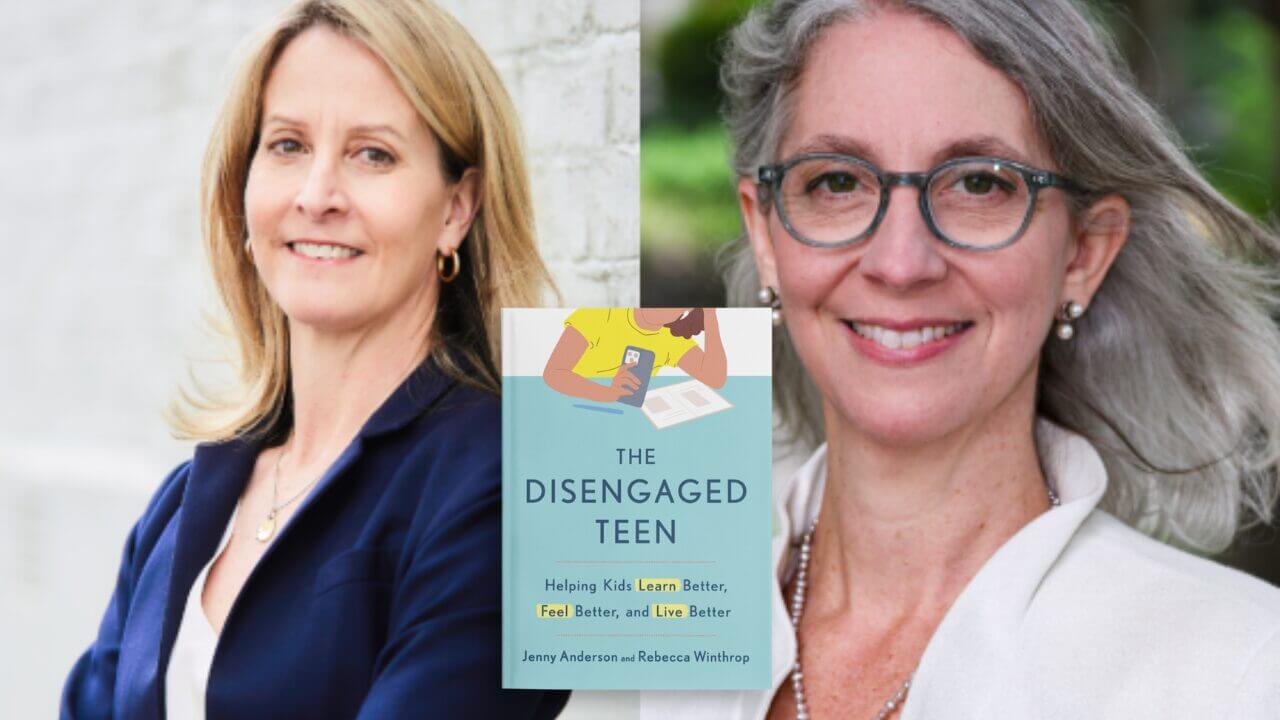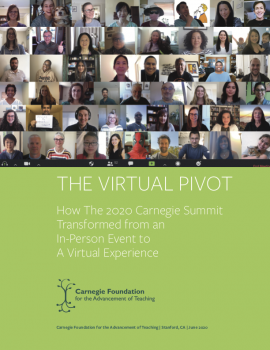The Virtual Pivot: How The 2020 Carnegie Summit Transformed from an In-Person Event to a Virtual Experience
The Summit on Improvement in Education engages a growing community of education professionals, including school and district leaders, staff from charter management organizations, leaders in state departments and professional organizations, entrepreneurs, and faculty from higher education organizations.
The Summit community continues to grow in size, going from 400 attendees at the inaugural conference in 2014 to more than 1,700 attendees in 2019, but it has also grown in thought and practice. It extends opportunities for those new to improvement to learn more about the productive use of improvement principles, networks, and supportive methods and tools; for those already engaged in improvement to present on their progress; and for all to learn from others realizing measurable improvement in processes and systems and achieving more ambitious goals for the students they serve.
Scheduled for April 1–3, 2020, the COVID-19 pandemic forced us to cancel the in-person event on March 9. Knowing the distinct opportunity afforded by the Summit learning environment, the connections among educational professionals and their problems of practice, and the disciplined efforts to advance improvements on these problems, Carnegie made the decision to reimagine the Summit as a virtual learning experience over the same dates and with the same quality that is delivered at the in-person meeting.
The resulting Virtual Summit schedule leveraged digital technology to offer three keynotes, 43 breakout sessions, 25 on-demand prerecorded breakout sessions, and 22 virtual poster presentations over the course of the three days. In moving the conference into the virtual space, what began as a necessity became an opportunity for presenters to think more creatively about how to enhance social learning in their sessions and deepen connections among attendees. After the Summit, we curated the digital content from the virtual sessions into a resource for improvers to draw from into the future.
The aim of this report is to document what we did to pivot from an in-person to a virtual event within three weeks—while working remotely without the benefit of face-to-face meetings and huddles. The areas of focus are (1) organization, (2) technology, (3) program development and support, and (4) communications.






